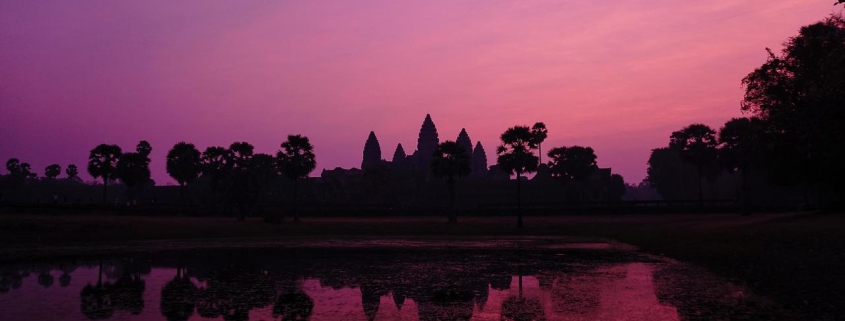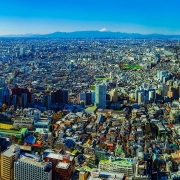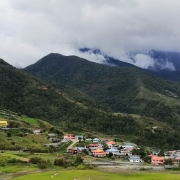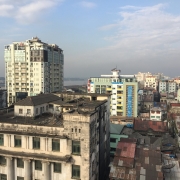How did Singapore respond to the Cambodian Crisis of 1979?
Topic of Study [For H2 History Students]:
Paper 2: Regional Conflicts and Co-operation
Source Based Case Study
Theme III Chapter 2: ASEAN (Growth and Development of ASEAN: Building regional peace and security – relations between ASEAN and external powers)
Topic of Study [For H1 History Students]:
Essay Questions
Theme II Chapter 2: The Cold War and Southeast Asia (1945-1991): ASEAN and the Cold War (ASEAN’s responses to Cold War bipolarity)
Prelude to the CGDK: An enervating meeting
In view of the Vietnamese invasion and subsequent occupation of Cambodia in the late 1970s, ASEAN and its member nations including Singapore became increasingly concerned with this challenge posed to regional security.
In 1979, the Thai Foreign Minister Upadit Pachariyangkun and the Singapore Foreign Minister S Rajaratnam met the members of the outsted Pol Pot regime, such as Kheiu Samphan and Ieng Sary. During the meeting, Thailand and Singapore deliberated on the inclusion of other Cambodian factions to oppose the pro-Vietnamese puppet regime under Heng Samrin.
Notably, this meeting had set the stage for the creation of the Coalition Government of Democratic Kampuchea (CGDK) in June 1982. Rajaratnam made it clear to the Pol Pot leaders that they had to take a backseat, while the other two groups, namely Sihanouk’s royalist faction and anti-communists under Son Sann, led the coalition. This was because of the controversial atrocities committed Pol Pot regime in the 1970s that would have hindered efforts to garner international support.
Minister Rajaratnam reminded them of the horrors [the Pol Pot regime] had perpetrated and that they had no chance of getting international support without forming a coalition with other nationalist groups. […] While this discussion was going on, I observed that Ieng Sary’s wife, Ieng Thirith, was giving fierce looks at our Minister, boiling with anger, breathing heavily with chest heaving and subsiding as she listened to her husband’s requests being rejected. [..] We prevailed because they had no choice. We thus cobbled together a coalition under Prince Sihanouk.
An excerpt from a chapter entitled “Scenes from the Cambodian Drama” by Mr. S. Dhanabalan in “The Little Red Dot: Reflections by Singapore’s Diplomats” by Tommy Koh and Chang Li Lin.
Interactions with China
During a special International Conference on Cambodia in 1980, ASEAN had lobbied for a United Nations resolution to demand the immediate withdrawal of Vietnamese forces from Cambodia. During the Conference, a delegation that represented the People’s Republic of China (PRC) asserted that the Pol Pot regime should be reinstated, which drew criticisms due to moral and pragmatic reasons.
The Chinese Deputy Foreign Minister Han Nian Long alleged that Singapore was involved in a conspiracy to influence the attendees of the Conference to oppose the return of the Pol Pot regime. In response, Dhanabalan disagreed, stating that there was an overwhelming majority that was against this move.
I was surprised to note how keen the U.S. was to accommodate the PRC’s request. I explained to the U.S. Assistant Secretary of State that it was not possible to accede to the PRC’s request as it was wrong and would not get any support from the conference. He ended the meeting by threatening that he would go over my head and take the matter up with Prime Minister Lee Kuan Yew in Singapore.
[…] PM Lee sent a note to the effect that the Foreign Minister represented the Singapore’s government’s position at the conference. It was a real life experience for me that interests and not principles determine the actions of big powers. The International Conference on Cambodia adopted a resolution that reflected ASEAN’s position.
An excerpt from a chapter entitled “Scenes from the Cambodian Drama” by Mr. S. Dhanabalan in “The Little Red Dot: Reflections by Singapore’s Diplomats” by Tommy Koh and Chang Li Lin.
What can we learn from this article?
Consider the following question:
– Assess the political effectiveness of Singapore’s efforts in response to the Third Indochina War.
Join our JC History Tuition to learn more about the Regional Conflicts and Cooperation. The H2 and H1 History Tuition feature online discussion and writing practices to enhance your knowledge application skills. Get useful study notes and clarify your doubts on the subject with the tutor. You can also follow our Telegram Channel to get useful updates.
We have other JC tuition classes, such as JC Math Tuition and JC Chemistry Tuition. For Secondary Tuition, we provide Secondary English Tuition, Secondary Math tuition, Secondary Chemistry Tuition, Social Studies Tuition, Geography, History Tuition and Secondary Economics Tuition. For Primary Tuition, we have Primary English, Math and Science Tuition. Call 9658 5789 to find out more.











